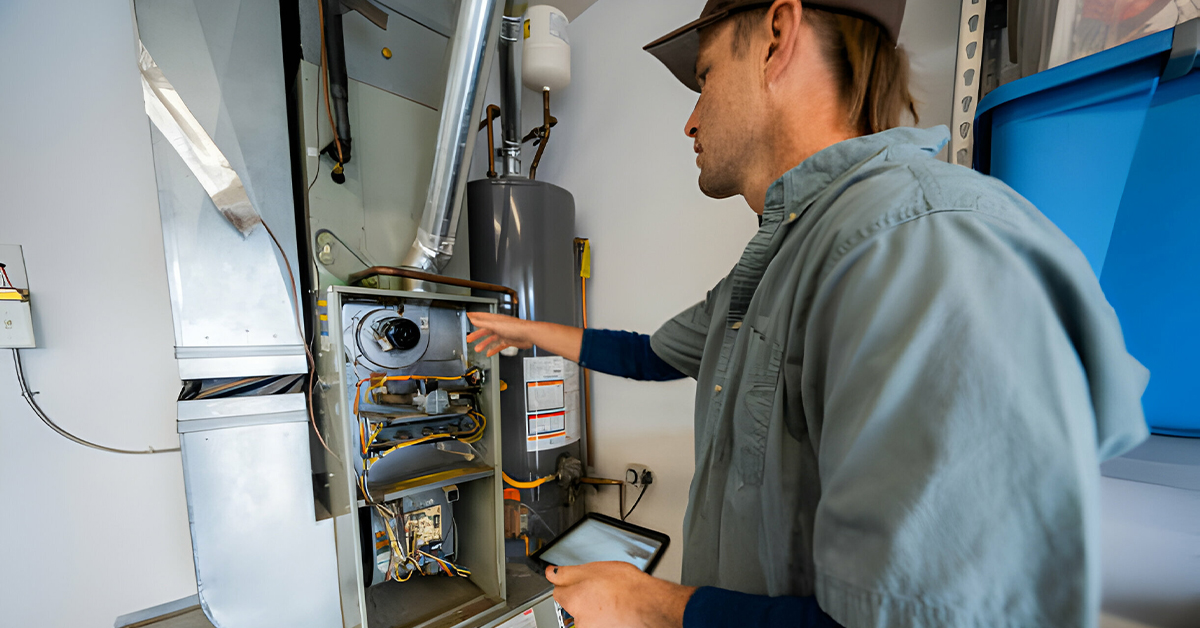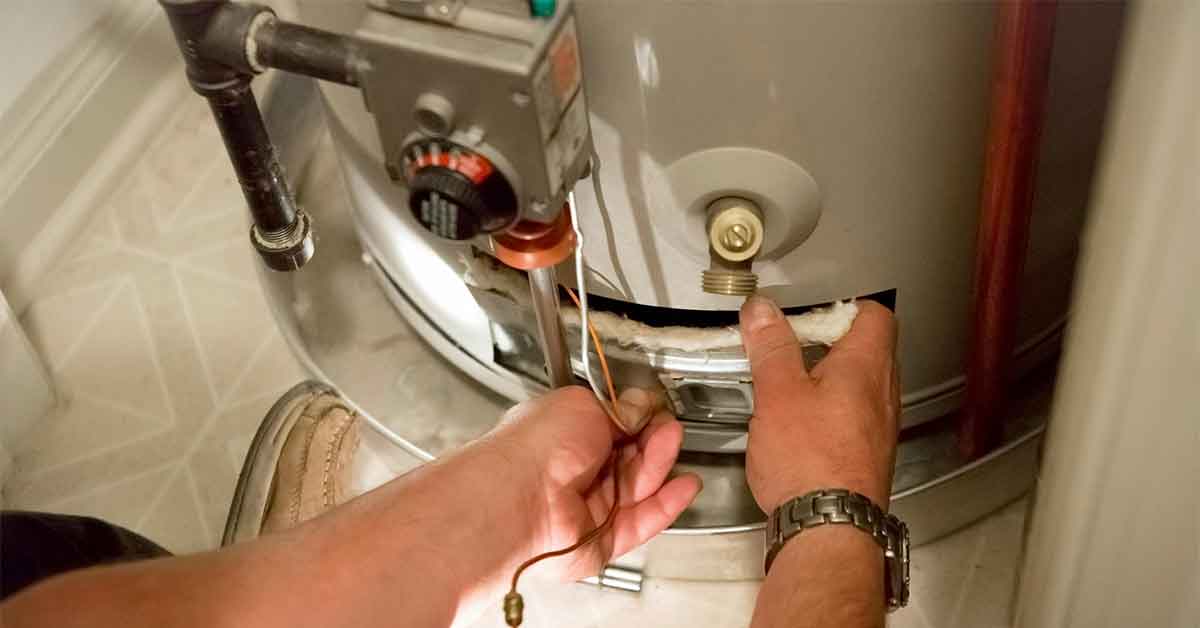Blog


How to Fix Water Heater Temperature Sensor Failure
Dealing with a malfunctioning water heater is a common household challenge, particularly when it involves the temperature sensor. This vital component plays a key role in ensuring the water temperature is regulated effectively, and its failure can lead to a range of problems. steps for troubleshooting and repair, ensuring you can restore your hot water supply efficiently.
In-Depth Understanding of the Temperature Sensor’s Role:
The temperature sensor in a water heater is more than just a monitoring device; it’s a critical control element. It determines when to initiate or halt the heating process by monitoring the water’s temperature relative to a set standard. When this sensor malfunctions, it can lead to water overheating, remaining cold, or a complete cessation of hot water, impacting daily activities like bathing, cleaning, and cooking.
Recognizing Symptoms of Sensor Failure:
Early detection of temperature sensor failure is vital for quick resolution. Key symptoms include:
- Varying Water Temperature: If the water temperature fluctuates unpredictably, it’s a clear indication of sensor issues.
- No Hot Water: The absence of hot water is a direct consequence of sensor failure.
- Diagnostic Error Messages: Many modern water heaters are equipped with diagnostic systems that indicate malfunctions through specific error codes.
- Strange Noises: Odd sounds from your heater can be a telltale sign of sensor problems.
- Water Leaks: Sensor issues can sometimes lead to leaks, which can cause further damage if not addressed promptly.
Exploring the Causes of Sensor Failure:
Understanding the reasons behind sensor failure can help in preventive measures:
- Corrosion: This is a major factor, particularly in hard water regions. Regularly replacing the sacrificial anode rod can prevent this.
- Mineral Buildup: Sediments can accumulate around the sensor, impairing its function.
- Wear and Tear: Over time, the sensor can degrade, affecting its performance.
- Manufacturing Defects: Occasionally, sensors may have inherent flaws that lead to premature failure.
Comprehensive Troubleshooting Steps:
To effectively address a temperature sensor failure, follow these troubleshooting steps:
- Resistance Measurement: Use a multimeter to assess the sensor’s resistance and compare it with standard values provided by the manufacturer.
- Consider Replacement: If the resistance is out of the recommended range, it’s indicative of a faulty sensor that should be replaced.
Read Also: The Crucial Component in Modern Heating Systems
Guide to Replacing the Temperature Sensor:
Replacing the temperature sensor involves several steps:
- Locate the Sensor: Generally attached to the water heater’s gas valve.
- Remove the Old Sensor: This should be done carefully to avoid damage.
- Install the New Sensor: Ensure it’s correctly positioned and securely connected.
- Post-Installation Testing: Verify the water heater’s functionality after the new sensor is installed.
Preventive Maintenance Strategies:
Regular maintenance is crucial for avoiding sensor failures and enhancing the heater’s longevity:
- Insulation Practices: Insulating both the water heater and the pipes minimizes heat loss, conserving energy and reducing costs.
- Regular Cleaning of Sediments: Sediment accumulation can interfere with sensor function, so regular cleaning is necessary.
- Anode Rod Upkeep: This component is essential for preventing rust and should be replaced every 3-5 years.
- Routine Professional Inspections: Annual or bi-annual inspections by a professional can help catch and address issues early.
Advanced Troubleshooting Techniques:
For those with a bit more technical expertise, additional troubleshooting methods include:
- Testing the Electrical Connections: Ensure all electrical connections to and from the sensor are secure and free of corrosion.
- Calibration Check: In some models, the sensor may need recalibration, which should be done according to the manufacturer’s guidelines.
Read Also: Valves in Heating Systems Guardians of Flow Efficiency and Safety
When to Seek Professional Help:
While many sensor issues can be resolved with DIY methods, certain situations call for professional intervention. If you’re not confident in your ability to replace the sensor or if the problem persists after replacement, it’s advisable to seek assistance from a certified technician.
Understanding Replacement Costs and Options:
When considering sensor replacement, be aware of the potential costs. These can vary based on the heater model and the rates of local technicians. Sometimes, a full water heater replacement might be more cost-effective, especially if your unit is older and experiencing multiple issues.
Conclusion:
Navigating through a water heater temperature sensor failure can be challenging, but with a thorough understanding of the symptoms, causes, and solutions, it becomes manageable. Regular maintenance, prompt identification of issues, and correct troubleshooting techniques are key to ensuring the longevity and efficient operation of your water heater. Whether you opt for a DIY fix or professional assistance, the goal is to restore your hot water supply with minimal disruption.




